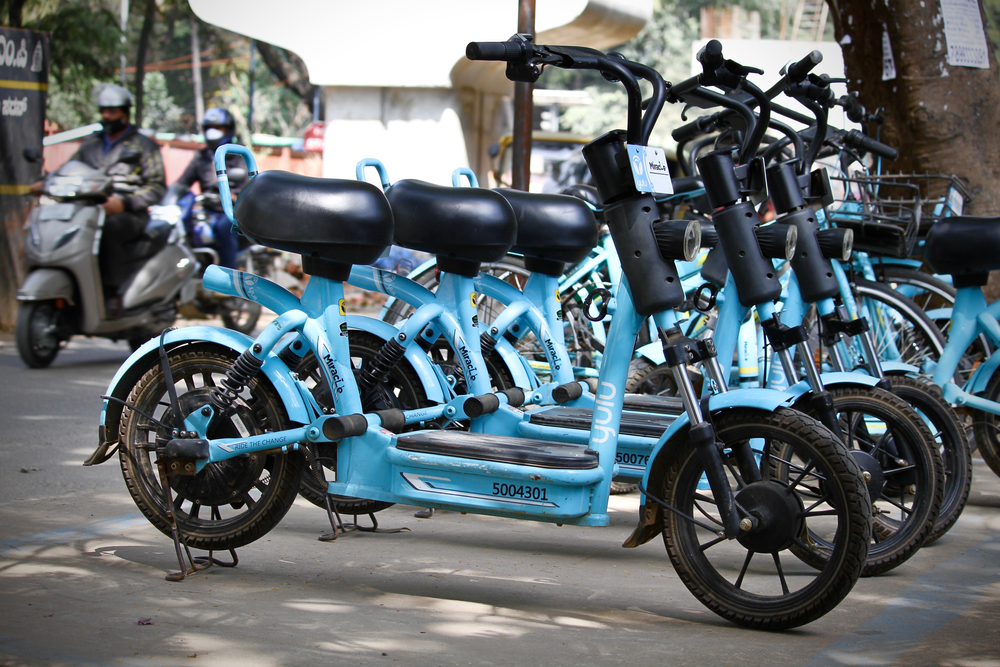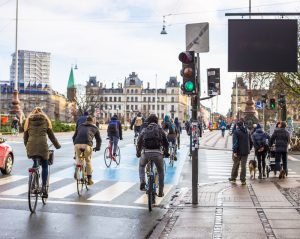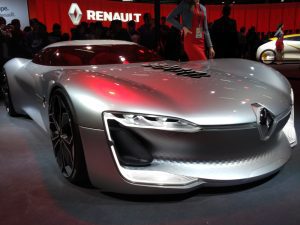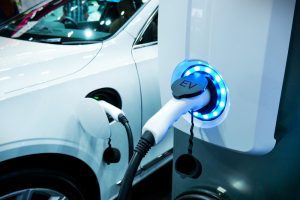Whether you’ve been to India or your closest experience is through a Bollywood movie on Netflix, you’ll see that bikes are a major means of transportation in that country.
Bikes are used personally and commercially, with as many as four people sometimes traveling on a single bike.
It’s also the main source of income for people who use them as “taxis.” If bikes are so abundant in India, why are electric bikes so expensive there?
There is currently no battery manufacturing in India. Manufacturers of electric bikes must therefore import lithium-ion battery packs, which raises the overall price of their products.
Due to their high manufacturing costs, lithium-ion batteries are more expensive than lead-acid batteries.
Table of Contents
Are Indian companies planning to make lithium-ion batteries?
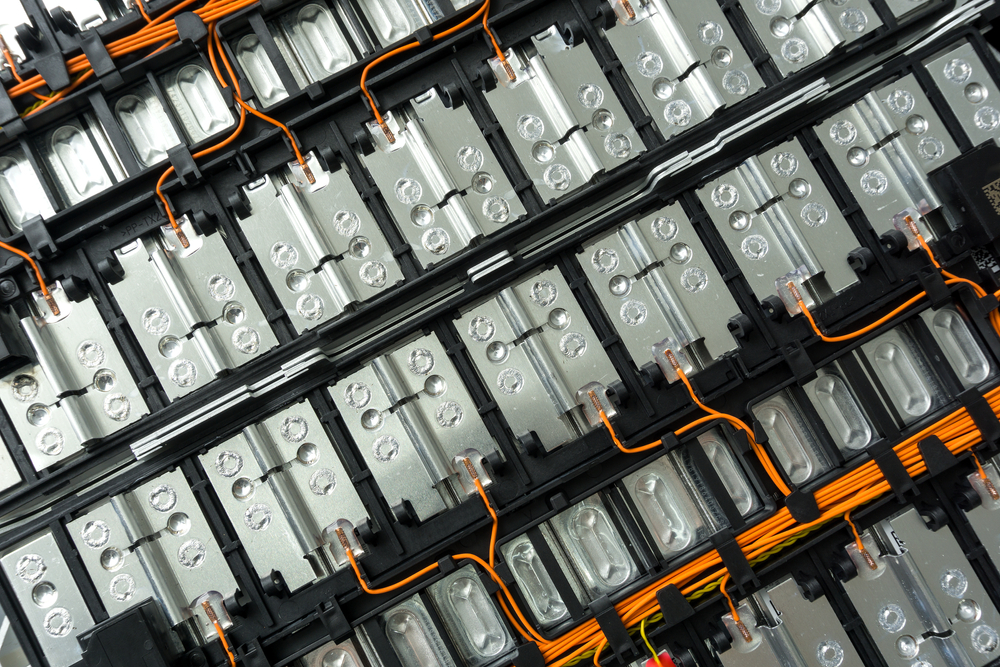
The Indian government notes that companies will be encouraged to establish new and sustainable business models for the battery or energy as a service.
In addition to the expensive cost of batteries, several companies believe that the lack of charging stations is a concern for purchasers.
The government, on the other hand, has begun to address the problem of charging stations throughout the country.
Government incentives totaling $6 billion are being offered to companies that build clean vehicles and manufacture batteries in their home country.
This is in anticipation of electric cars and motorcycles and scooters, each accounting for 30 percent and 40 percent of total private car sales, respectively, by 2030.
What immediate plans does the Indian government have to stave off the high cost of electric bikes?
The cost of gasoline is increasing daily, and so is the level of air pollution in major cities. The Indian government is working hard to ensure that electric vehicles are quickly adopted in the country.
For the next ten years, it plans to establish as many open charging stations as feasible and to implement the FAME-II subsidy scheme for electric vehicles.
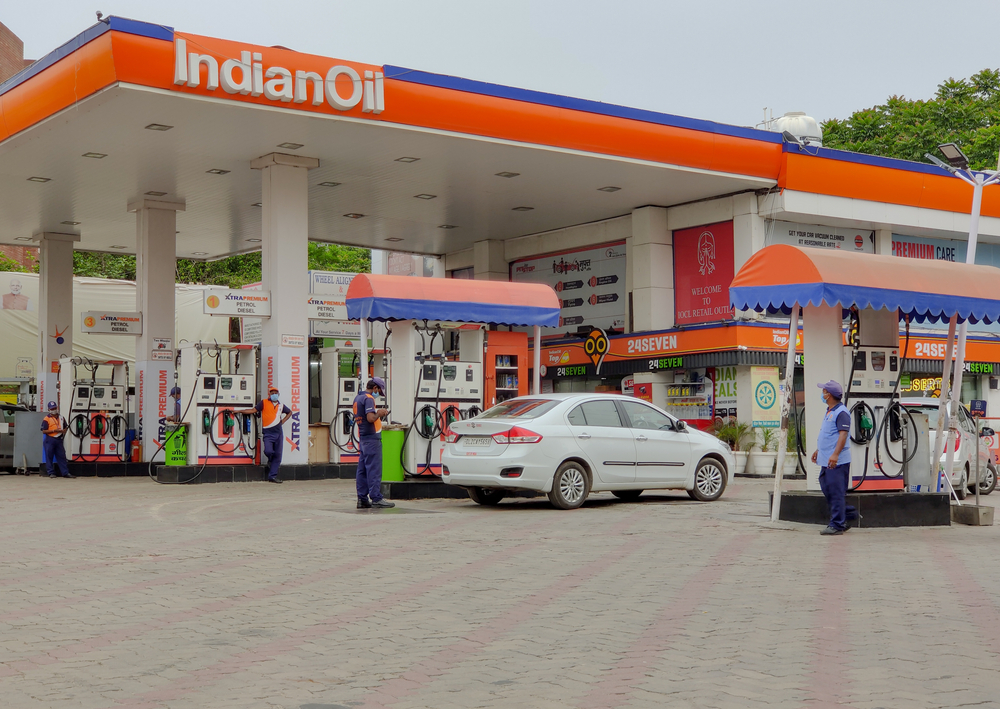
The government will provide substantial financial assistance to those who acquire electric vehicles, and there will be an abundance of public charging stations available.
What is the Fame-II subsidy implemented by the Indian government?
An initiative called the Fame India scheme has been launched to promote the purchase of electric cars.
The government intends to provide incentives for the purchase of new electric vehicles through this program, thereby encouraging the use of electric transportation.
The two-year extension of the FAME II program has been approved by the government.
This plan will now be in effect until the 31st of March 2024. Previously, this program was set to run from January 1, 2019, through March 31, 2022. Electric vehicle charging stations will be built as part of this plan.
The Fame India program has been developed to combat pollution and the depletion of fossil fuels.
Subsidy incentives have also been extended from Rs 10000 per kWh to Rs 15000 per kWh under this plan.
How do electric bike owners in India benefit from this government scheme?
The Indian government has sold all 78045 electric vehicles it purchased through the Fame India program. Rs. 10000 crore has been allotted by the government for this project.
Only Rs 500 Crore, or 5%, of the funding, has been utilized thus far. As of March 2022, 58,613 electric two-wheelers have been sold, according to available data.
The government’s goal was to sell 10 lakh units; thus it chose to extend the program until 2024 to meet that goal.
The total electric cars sold through the Fame India program as of June 26, 2021, included 1,562 electric four-wheelers, 16,499 electric three-wheelers, and 59,984 electric two-wheelers.
How much has the Indian government budgeted for the Fame India Scheme?

India’s Fame India program will be implemented from 2019 to 2022, with a total budget of Rs 10,000,000,000.
So far, the government has spent Rs 818 crore. A total of Rs 1839 crores for 2021-22, Rs 3775 crores for 2022-23, and Rs 3514 crore have been allocated for the next three years.
What were the objectives of the Indian government’s Fame India 2021 plan?
The central government initiated the plan in April of last year. The goal of this program is to motivate manufacturers to produce more electric vehicles.
There will be a large utilization of electric buses to cut emissions and other challenges, according to the government.
The second part of the plan has now begun. According to reports, the government plans to spend over 10,000 crores on that program in the next two years.
To combat pollution, many more electric buses will be available in major metropolitan areas.
How will electric vehicle owners charge their cars and bikes?
350 brand-new refueling stations have been put in place. The Indian government has started the Fame India program to encourage the use of electric vehicles in the country.
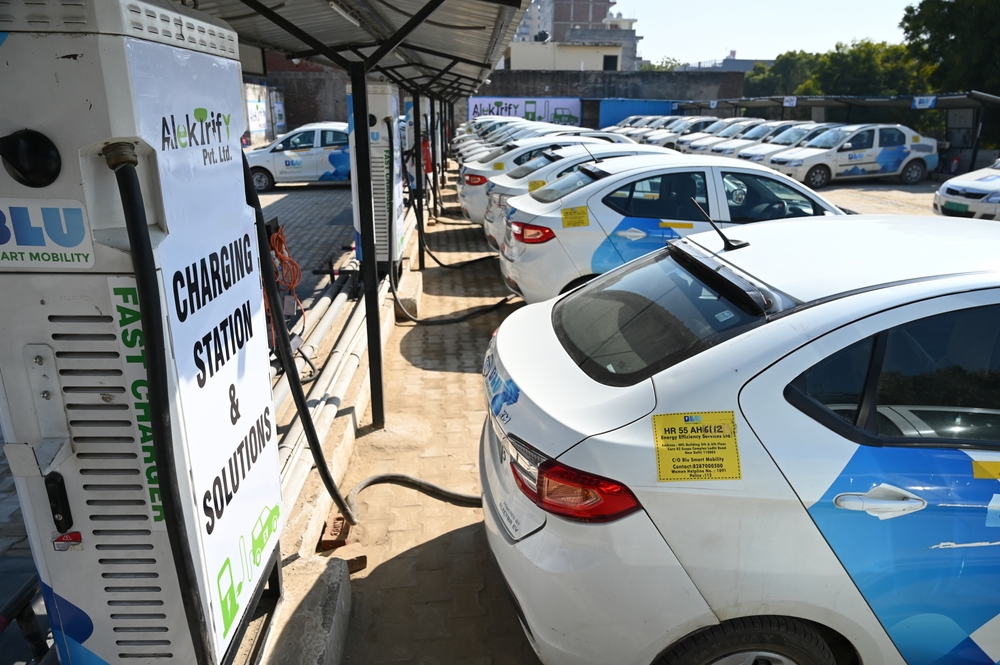
New electric vehicles are eligible for subsidies under this program.
As part of the Fame India program’s second phase, the government has put in 350 more charging stations.
Cities like Bangalore, Lucknow, Jaipur, Delhi, and Chandigarh have these stations.
Under the first phase of this program, the government has approved $43.4 million in infrastructure for 520 charging stations, according to Krishan Pal Gujar, the minister of state and heavy industry affairs.
Phase two of the Fame India program will see the construction of 2877 EV chargers in 68 locations across the country.
Costs for the construction of these additional charging stations will be approximately Rs 500 crore.
What alternatives to charging electric bikes does India offer?
India’s finance minister stated that the country’s new policy for battery swaps in February was designed to increase the selling of electric vehicles (EVs) as part of a larger effort by the government to accomplish its decarbonization targets.
Nirmala Sitharaman, in her budget address for 2022 to 2023, stated that the battery switching policy will be implemented due to the limited space in metro regions for charging points.
Rather than wait for the car to be recharged, EV drivers may use switch stations to quickly swap out their spent battery packs for fully charged ones.
Are other electric vehicle owners benefitting from Indian government subsidies?
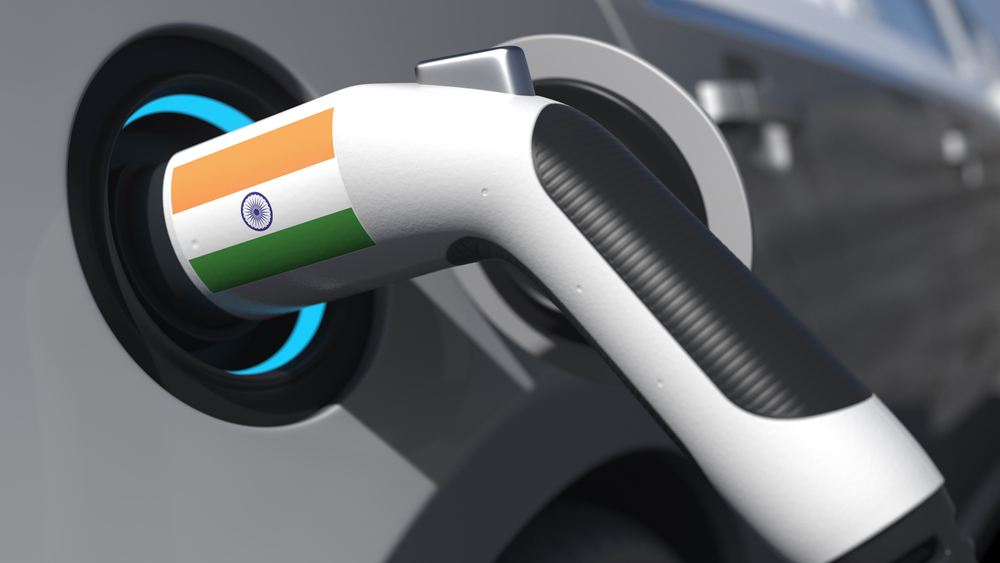
By July 2021, the government had awarded subsidies of 600 crores for the purchase of 3,61,000 automobiles under the program.
Increased subsidies for electric two-wheelers have resulted in price reductions for current EVs as a response to the increased subsidy level.
The next stage of the project will receive Rs.10,000 crore in funding from the government. A total of Rs. 492 crores in subsidies will have been paid to 862 electric buses as of June 2021 as a result of this program.
What percentage of India uses motorcycles?
In the fiscal year 2019, two-wheelers accounted for almost 75% of all vehicles on the road in India.
About 13% of all registered vehicles in the country were automobiles, jeeps, and taxis.
The fiscal year 2019 ended with a total of 296 million registered automobiles in the country.
The two-wheeler market in India saw domination by motorcycles in the fiscal year 2021. In that year, the state sold over 10 million motorbikes.
There were also scooters and mopeds from Bajaj, Honda, and Hero MotoCorp – three of the most prominent motorcycle manufacturers in the world.
That year, two-wheeler sales in India decreased by more than 13% overall.
Why is the Indian government fixated on electric vehicles despite the cost?
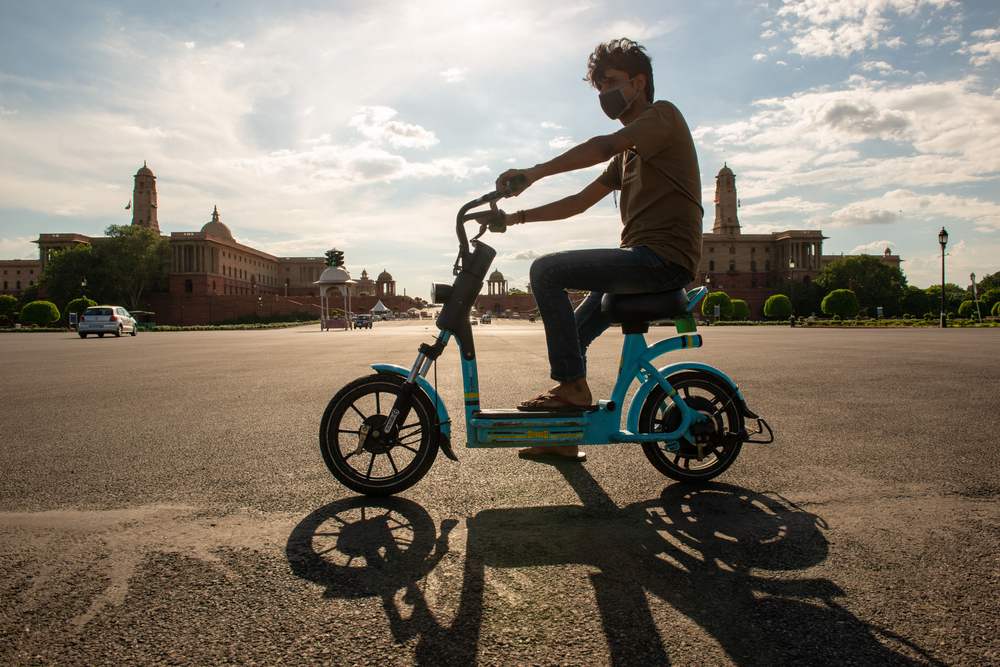
Because they run on batteries and make the least noise, electric bikes offer a viable solution to the problems of noise and air pollution.
Additionally, electric bikes have many advantages over gasoline-powered motorcycles.
Electric bikes are mostly silent, emitting just a faint, whining sound from their motors, cost 20–30 paisas per km to operate, and do not pollute the environment in any way.
In addition to reducing acute air pollution as well as noise pollution, motorized bikes and scooters are also cost-effective for their owners.
Additionally, electric bikes are a breeze to ride for people of all ages. As a result, India may expect cleaner breathable air and safer roads thanks to the presence of EVs on its roadways.
The motor efficiency of electric bikes is far above 90%, making them extremely energy efficient.
What issues, other than cost, impede the purchase of electric bikes in India?
Lead-acid batteries can’t be used in electric motorcycles since they are excessively bulky and their charge capacity, as well as life cycle, are significantly lower than those of lithium-ion cells.
This means that electric bikes must have a limited range for city use in hopes of keeping the price acceptable.
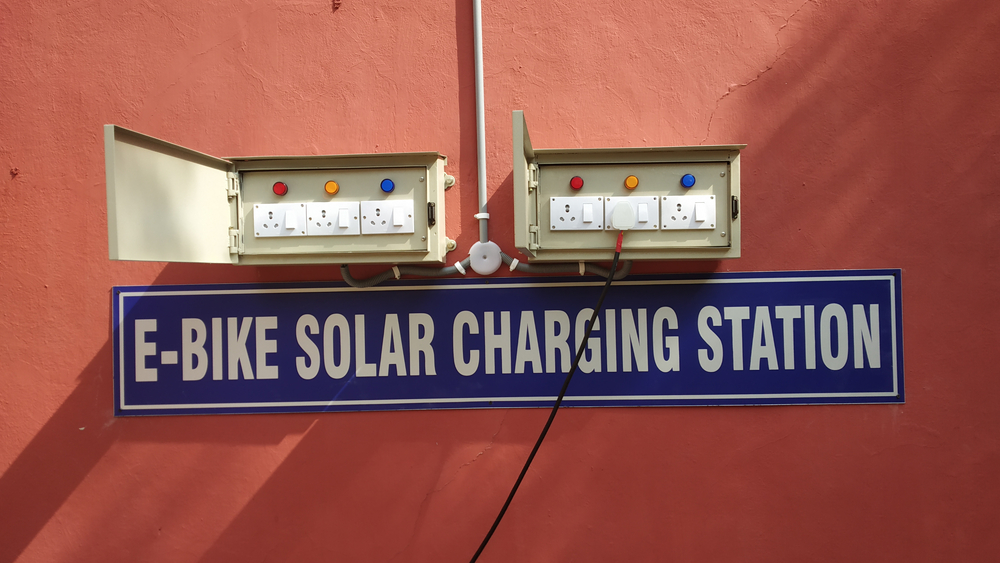
Most electric bikes can travel between 50 and 100 kilometers on a single charge provided they are used reasonably.
Another issue with EVs is the time it takes to charge them. If you recharge your electric bike or scooter’s battery at home, it will take about 4–5 hours.
That’s an excessive amount of time spent waiting. If you’re using a public fast-charging station, you may expect a charge time of one to two hours.
Meanwhile, you can refuel your petrol bike in a few minutes.
What is the most cost-efficient electric bike in India?
Revolt’s RV400 electric bike is the most expensive of the approximately 20 versions sold in India.
India’s Revolt is a line of electric bicycles powered by artificial intelligence (AI). The RV400 is virtually silent thanks to the use of a belt drive to transfer power to the rear wheels.
Except for the single reduction provided by the belt drive, the bike is devoid of a gearbox. The 3.24 kWh lithium-ion power bank of the Revolt RV400 enables a range of 80 to 150 kilometers on a single charge.
Are bikes considered dangerous in India?
Deaths due to car accidents, which are India’s sixth-leading cause of mortality, have a devastating impact on the country’s young and middle-aged population.
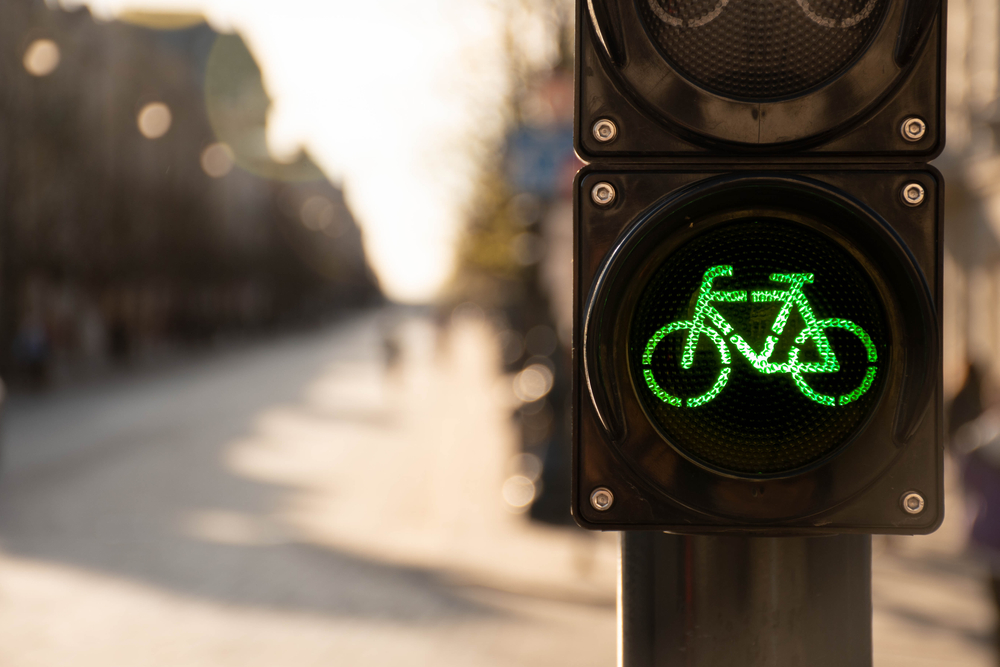
The frequency of collisions involving two-wheelers is rising with the lack of government-provided transportation.
A Ministry of Road Transport and Highways study released in October 2020 found that 37 percent of those who died in traffic accidents in 2019 were riding two-wheelers.
Unsafe helmets, bad roads, and incorrect licensing rules all contribute to an increased number of collisions and deaths.
A World Health Organization survey found that helmet use might cut the risk of fatal injuries by 42 percent and head injuries by 69 percent.

